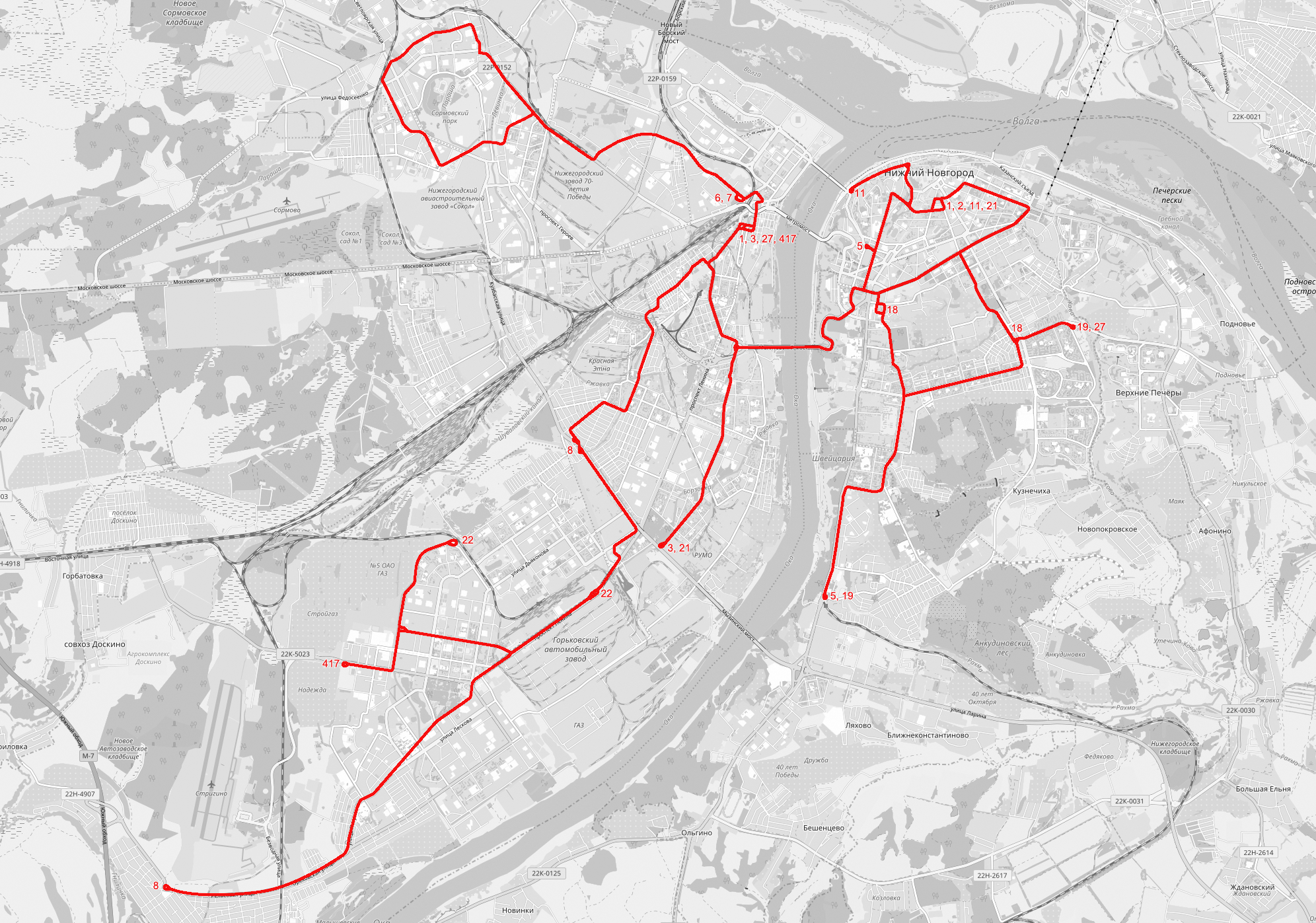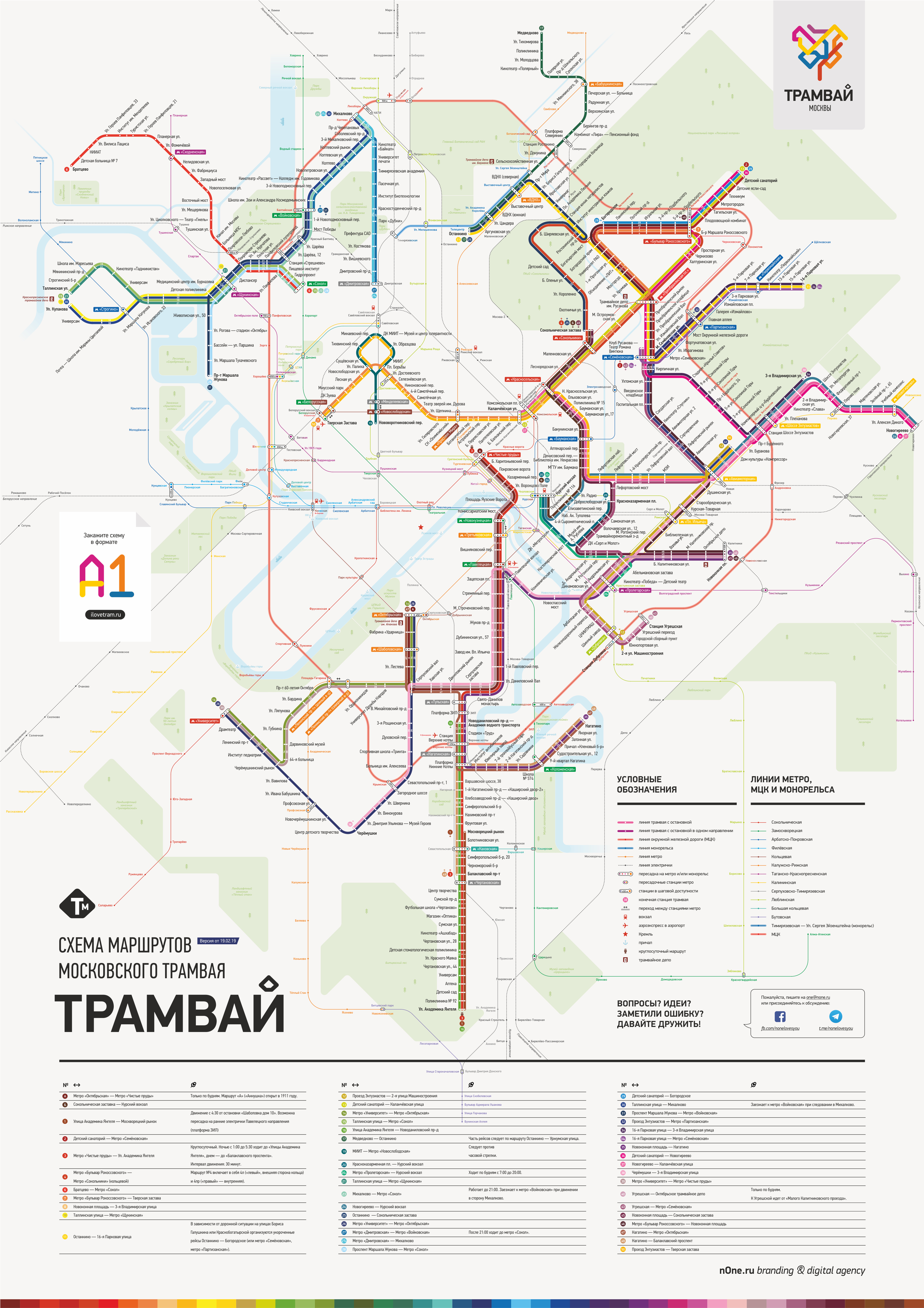|
Tatra T6B5
Tatra T6B5 is a Czechoslovak-built high floor four axle tram with a pulse-width-modulation ('chopper') speed control. This model of tram was produced by CKD Praha in Smíchov, Prague in the period of 1983-1995, following one year in Zličín until 1996. After ČKD Praha went bankrupt, the final assembly and sale of incomplete trams were managed by Inekon Trams until 2007. The last four trams were supplied to the city of Ufa by late 2007. About 1,150 tramcars of this model were produced. In the Ex-Soviet Republics it is also known as Т-3М. In 2015 most of these trams were used in Russia, Belarus, Ukraine, and Uzbekistan.In 1994-1996 being licensed Czech Manufacturers Dnepropetrovsk based plant, Yuzhmash (literally translated as "Southern Machinery Plant", because it is located in Dnepropetrovsk, southern Ukraine) built 38 trams of this kind, designated as Tatra-Yug (Tatra-Yug is Russian for "Tatra-South", the index word "south" came from the fact that Dnepropetrovsk is located ... [...More Info...] [...Related Items...] OR: [Wikipedia] [Google] [Baidu] |
ČKD
ČKD (Českomoravská Kolben-Daněk) () was one of the largest engineering companies in the former Czechoslovakia and today's Czech Republic. It is famous for the Tatra T3, a tramcar that sold 13,991 units worldwide. History ČKD was formed in 1927 from the merger of two smaller companies, Českomoravská-Kolben (founded 1896, produced machinery for hydro dams) and Breitfeld-Daněk (founded 1854, produced machinery for mines and food industry). From 1927 until 1929 ČKD's products included a motorcycle designed by Jaroslav František Koch. It was an advanced four-stroke single-cylinder unit construction double overhead camshaft design of 500cc. It was sold under the marque BD, thus perpetuating the Breitfeld-Daněk identity. In 1929 ČKD sold its motorcycle business to Praga Hostivař, which re-branded the motorcycles under the Praga marque. It was one of the main suppliers to the Czechoslovak state of military vehicles during the 1930s. During the German occupation of Cz ... [...More Info...] [...Related Items...] OR: [Wikipedia] [Google] [Baidu] |
Trams In Minsk
The Minsk tram network (''Минский трамвай'') is organised into 10 routes, integrated with the city's trolleybus, Metro and bus services. It uses a standard Russian broad gauge. Trams, initially using horse traction, have been operating in Minsk, the Belarusian capital, since 1892. At that time the entire territory was part of the Russian empire. Services were interrupted for a few years following the 1917 Russian Revolution and again during the Second World War. Minsk used horse trams for longer than many other cities, but a programme of tram electrification took place during the 1920s. Network The focus of the network is two sets of lines crossing through the city centre, with a small ring/loop section in the central district. There are five terminus turning loops at the ends of the lines (one of which splits shortly before reaching its western end points). There are also three terminus-style turning loops positioned approximately mid-way along a couple of the ... [...More Info...] [...Related Items...] OR: [Wikipedia] [Google] [Baidu] |
Trams In Rostov-on-Don
A tram (called a streetcar or trolley in North America) is a rail vehicle that travels on tramway tracks on public urban streets; some include segments on segregated right-of-way. The tramlines or networks operated as public transport are called tramways or simply trams/streetcars. Many recently built tramways use the contemporary term light rail. The vehicles are called streetcars or trolleys (not to be confused with trolleybus) in North America and trams or tramcars elsewhere. The first two terms are often used interchangeably in the United States, with ''trolley'' being the preferred term in the eastern US and ''streetcar'' in the western US. ''Streetcar'' or ''tramway'' are preferred in Canada. In parts of the United States, internally powered buses made to resemble a streetcar are often referred to as "trolleys". To avoid further confusion with trolley buses, the American Public Transportation Association (APTA) refers to them as "trolley-replica buses". In the United ... [...More Info...] [...Related Items...] OR: [Wikipedia] [Google] [Baidu] |
Trams In Oryol
A tram (called a streetcar or trolley in North America) is a rail vehicle that travels on tramway tracks on public urban streets; some include segments on segregated right-of-way. The tramlines or networks operated as public transport are called tramways or simply trams/streetcars. Many recently built tramways use the contemporary term light rail. The vehicles are called streetcars or trolleys (not to be confused with trolleybus) in North America and trams or tramcars elsewhere. The first two terms are often used interchangeably in the United States, with ''trolley'' being the preferred term in the eastern US and ''streetcar'' in the western US. ''Streetcar'' or ''tramway'' are preferred in Canada. In parts of the United States, internally powered buses made to resemble a streetcar are often referred to as "trolleys". To avoid further confusion with trolley buses, the American Public Transportation Association (APTA) refers to them as " trolley-replica buses". In the U ... [...More Info...] [...Related Items...] OR: [Wikipedia] [Google] [Baidu] |
Trams In Novokuznetsk
A tram (called a streetcar or trolley in North America) is a rail vehicle that travels on tramway tracks on public urban streets; some include segments on segregated right-of-way. The tramlines or networks operated as public transport are called tramways or simply trams/streetcars. Many recently built tramways use the contemporary term light rail. The vehicles are called streetcars or trolleys (not to be confused with trolleybus) in North America and trams or tramcars elsewhere. The first two terms are often used interchangeably in the United States, with ''trolley'' being the preferred term in the eastern US and ''streetcar'' in the western US. ''Streetcar'' or ''tramway'' are preferred in Canada. In parts of the United States, internally powered buses made to resemble a streetcar are often referred to as "trolleys". To avoid further confusion with trolley buses, the American Public Transportation Association (APTA) refers to them as " trolley-replica buses". In the U ... [...More Info...] [...Related Items...] OR: [Wikipedia] [Google] [Baidu] |
Trams In Nizhny Novgorod
The Nizhny Novgorod tram network (''Нижегородский трамвай'') (formerly ''Gorky tram network'') comprises 16 tramlines and uses a standard Russian broad gauge. Trams have been operating in Nizhny Novgorod since 1896, but services were interrupted for a few years following the 1917 Russian Revolution. Internet rumours that the city tram network was to be progressively run down surfaced a few years ago: they were emphatically and officially denied. History Three tram companies The history of trams in Nizhny Novgorod begins with an informal competition involving three companies. On 15 May 1895 the firm Hartmann & Co signed a contract with the city to build two lines. Later in the summer of the same year Siemens & Halske also concluded a contract. A third company building a tramline was Podobedow & Co. Siemens won the race, with a tramline ready for use on 20 May 1896 Sources using the "old" (pre-1918 in the case of Russia) quasi-Julian calendar identif ... [...More Info...] [...Related Items...] OR: [Wikipedia] [Google] [Baidu] |
Trams In Moscow
The Moscow tramway network, which is divided into two sub-networks, is a key element of the public transport system in Moscow, the capital city of Russia. Opened in 1872, it has been operated since 1958 until 2021 by Mosgortrans (transit company), Mosgortrans, a state-owned company. Overview The two sub-networks had a combined total route length of , making the whole network the fourth largest in the world, after the networks in Trams in Melbourne, Melbourne, Tramways in Saint Petersburg, St. Petersburg and Trams in Berlin, Berlin. The tram is historically the second type of urban passenger transport in Moscow, the successor of the ''Konka'' (horse-driven tram). However, the presence in Moscow by the beginning of the 20th century horse-railways hindered the development of tram lines. For the laying of tram lines, it was necessary first to free the roads from horse tracks. In 1901, the council purchased the first competition of the Belgian joint-stock company. When, in 1903, came ... [...More Info...] [...Related Items...] OR: [Wikipedia] [Google] [Baidu] |
Trams In Lipetsk
A tram (called a streetcar or trolley in North America) is a rail vehicle that travels on tramway tracks on public urban streets; some include segments on segregated right-of-way. The tramlines or networks operated as public transport are called tramways or simply trams/streetcars. Many recently built tramways use the contemporary term light rail. The vehicles are called streetcars or trolleys (not to be confused with trolleybus) in North America and trams or tramcars elsewhere. The first two terms are often used interchangeably in the United States, with ''trolley'' being the preferred term in the eastern US and ''streetcar'' in the western US. ''Streetcar'' or ''tramway'' are preferred in Canada. In parts of the United States, internally powered buses made to resemble a streetcar are often referred to as "trolleys". To avoid further confusion with trolley buses, the American Public Transportation Association (APTA) refers to them as " trolley-replica buses". In th ... [...More Info...] [...Related Items...] OR: [Wikipedia] [Google] [Baidu] |
Trams In Kursk
A tram (called a streetcar or trolley in North America) is a rail vehicle that travels on tramway tracks on public urban streets; some include segments on segregated right-of-way. The tramlines or networks operated as public transport are called tramways or simply trams/streetcars. Many recently built tramways use the contemporary term light rail. The vehicles are called streetcars or trolleys (not to be confused with trolleybus) in North America and trams or tramcars elsewhere. The first two terms are often used interchangeably in the United States, with ''trolley'' being the preferred term in the eastern US and ''streetcar'' in the western US. ''Streetcar'' or ''tramway'' are preferred in Canada. In parts of the United States, internally powered buses made to resemble a streetcar are often referred to as "trolleys". To avoid further confusion with trolley buses, the American Public Transportation Association (APTA) refers to them as " trolley-replica buses". In th ... [...More Info...] [...Related Items...] OR: [Wikipedia] [Google] [Baidu] |




